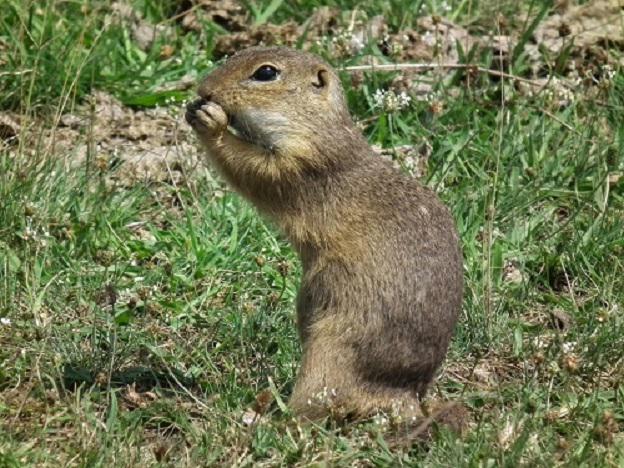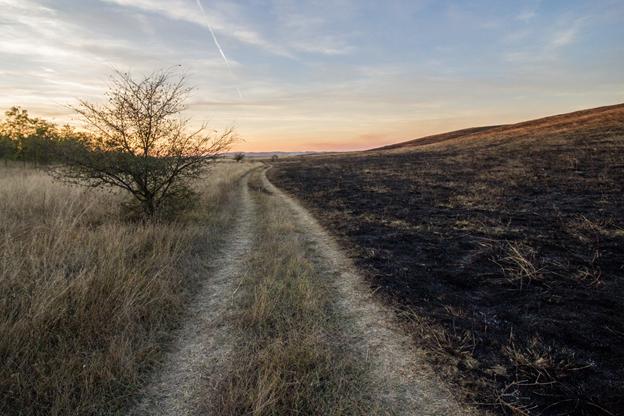Tijana Nikolic
European Ground Squirrel (Spermophilus citellus, EGS) is a structural component of steppe and salt steppe areas in agricultural settings in Vojvodina. EGS is an endangered species, IUCN listed as VU and valuable tool for designing open grassland conservation. The main goal of this project is to develop proposal and initiate implementation of functional habitat networks for current and future EGS and open grassland conservation. The project entails joint effort of public, NGO and research sectors that will work together to achieve long term EGS population persistence and save highly valuable open grassland areas.
The main objectives are to:
1. develop corridor maps for EGS and open grasslands wildlife in Vojvodina region
2. help to resolve main drivers of population decline in Central Banat and South Bačka
3. propose list of active measures for selected habitats in Central Banat and South Bačka
4. actively engage local community in project activities

Europena ground squirrel (EGS) on field eating.
The habitat fragmentation can influence biological diversity by intensive land-use, e.g. increased agricultural activities. In the southernmost part of Pannonia Basin, the steppe and salt steppe ecosystems are most vulnerable and endangered ones. Increased fragmentation induced pressure on grassland and its species, resulting isolation of populations. A key stone and open grassland specialist - the European ground squirrel (Spermophilus citellus, EGS) is a conservation priority in this region because its local populations have valuable genetic lineages and have not undergone much translocation in the past. Recent studies (also supported by Ruffrod project “Building better future for European ground squirrel”) showed species historical range in Vojvodina region shrink more than 70% and its direction and magnitude follow reported land conversion and infrastructural development. The main goals is to translate data from EGS and habitat monitoring into practical conservation solutions.

Local (anthropogenic) burnings in south Banat sites.
In order to achieve proposed, comparison of update information with the date from 2014 (an ideal time scale for habitat monitoring) it is crucial. The field mapping and evaluation of EGS habitats, represent sound methods to propose the measures for open grasslands areas conservation. To improve EGS habitat conditions, habitat connectivity and to enable colony reestablishment there is need to improve structural and functional properties of previously recognized agro ecological zones. On the other hand, active engagement of local community as well as use of their traditional ecological knowledge is key to preserve grassland biodiversity. Furthermore, based on our previously positively proved model in Central Banat area (Rufford project, “Building a better future for European ground squirrel”), it is crucial to establish new EGS local community network in the vicinity of villages Lok and Vilove (South Bačka). Active local community will enable us to plan joint future activities and provide an important link to agricultural landscape sustainability.